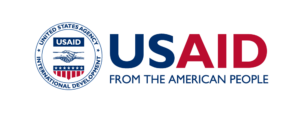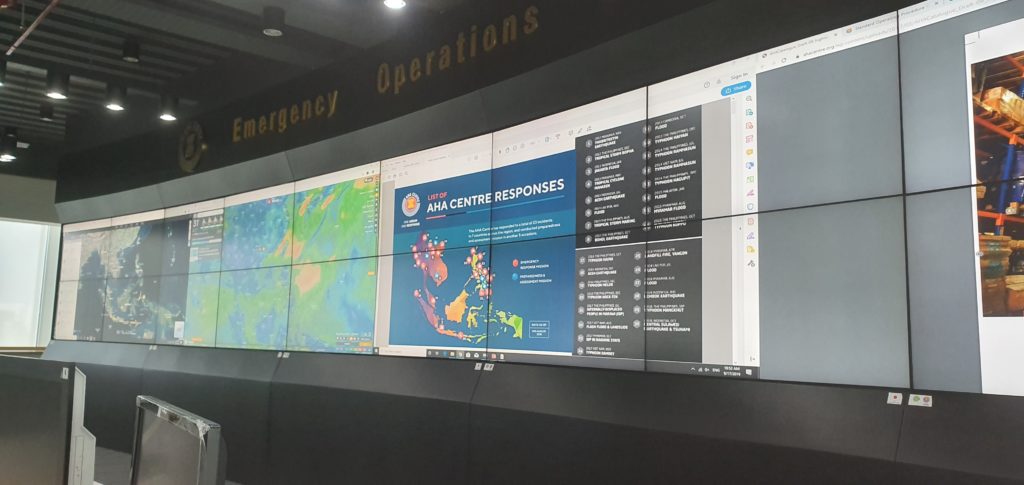| MapAction has begun an important and exciting programme of work funded by the U.S. Agency for International Development’s Bureau for Humanitarian Assistance (USAID BHA). |  |
The new grant, aimed at strengthening the sector, runs from 2021-2024. It will see MapAction working with local, regional and international organisations to ensure that Geographic Information Systems (GIS) and information management processes are at the heart of humanitarian operations, including preparedness, anticipatory action and emergency response activities.
This work builds on the achievements of a previous BHA-funded programme that took place from 2017-2021, which helped improve the use of GIS and spatial analysis across the humanitarian response sector through preparedness work and training with key partners.
Specifically, the new fund will help us to address the key data and information management gaps at regional and national levels, as well as working with Civil Society Organisations (CSOs) and urban authorities at the local level. This will enable us to build on localisation initiatives and establish context-appropriate surge capacity.
It will also allow us to continue our work to develop best practice for managing information in humanitarian contexts and enhancing the policy environment.
It will be implemented by MapAction’s team of experienced and highly skilled staff and volunteers who will work closely with partner organisations to build on the relationships and foundations we have already established and develop new relationships with regional and national partners.
Our experience, skills and expertise, including in data science, means that we are uniquely placed to build on and share what works well in humanitarian information management, combined with the latest thinking in key areas related to data quality and preparedness.
By applying the best geospatial technologies to humanitarian problems, partner organisations can gain critical insights, enabling them to multiply their effectiveness.
Ultimately, this fund will mean that decision makers are better informed so they can more effectively anticipate, prepare for and respond to emergencies.






